When it comes to planning a trip to Spain, it’s easy to get stuck on the question of whether you should visit Madrid or Seville. We help you answer that question.
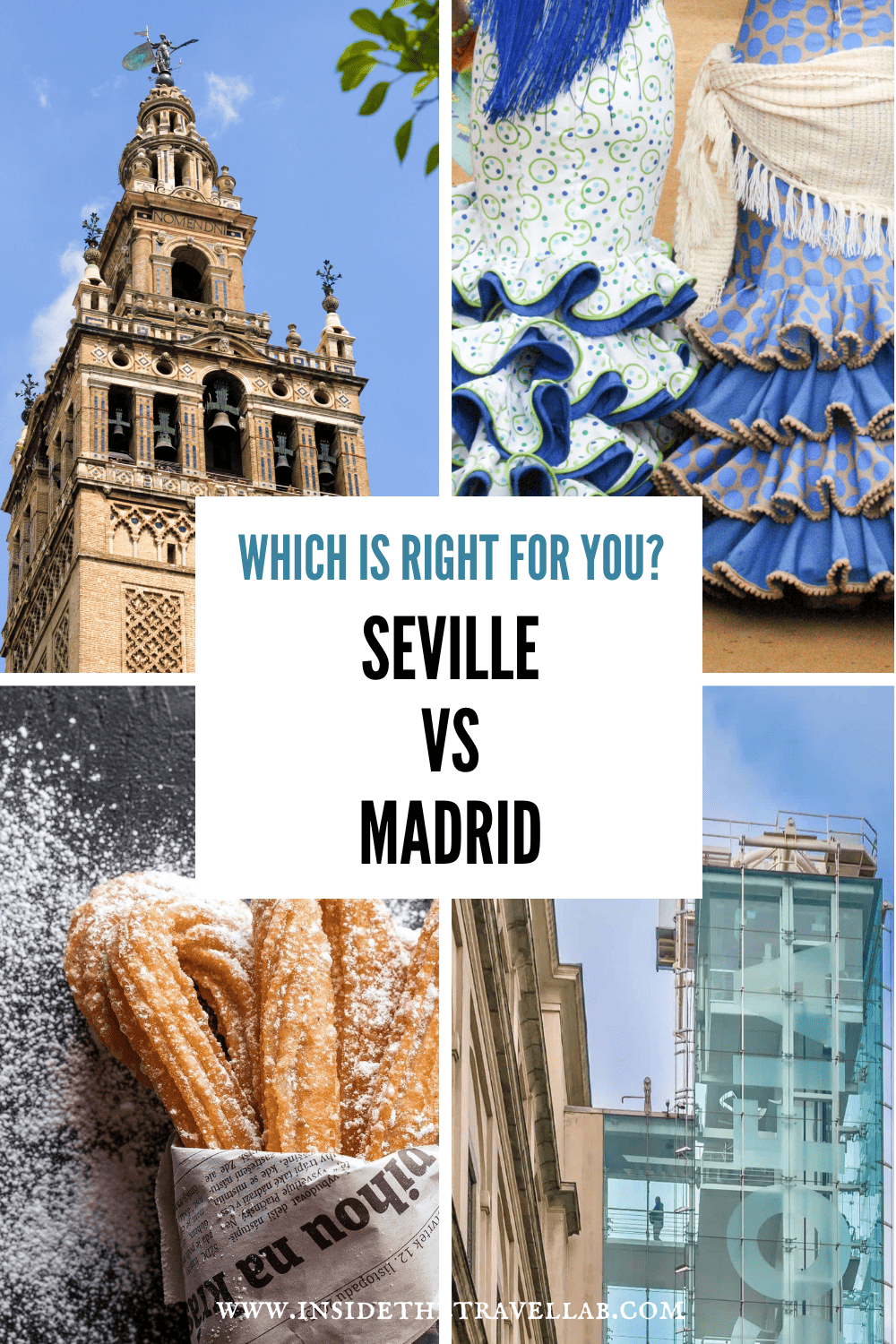
Seville or Madrid?
Let’s put my cards on the table. I’ve lived in Seville and visited Madrid many times. They’re both great places with great options and it’s hard to go wrong. But they are very, very different.
In short, Madrid is more of a sprawling modern capital, even though it has plenty of history. Seville is more walkable, has even more history and character, with whimsical cobblestone streets lined with orange trees. If you’re trying to work out the best place for you to visit, then let’s look at them both in more detail, from accessibility and affordability to things to do, cuisine, where to stay, day trips, nightlife, and finally, we’ll offer some travel tips for the journey between these captivating cities.
Let’s go. Let’s put these big cities through their paces.
See also our guide to the best things to do in Seville and 31 interesting facts about Madrid.
Introduction to Madrid and Seville
Before we dive into the nitty-gritty details, let’s talk character.
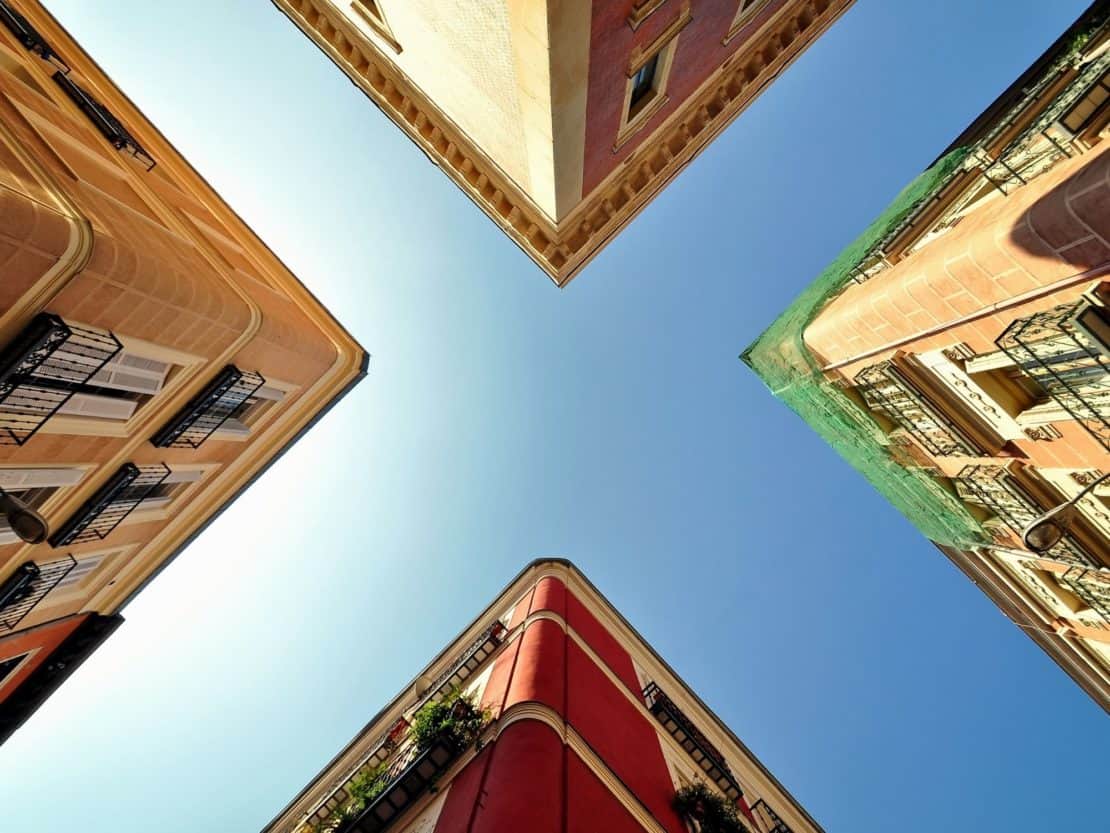
Madrid: The Heart of Spain
Madrid, the capital of Spain, is a bustling metropolis known for its world-class art museums and buzzing atmosphere.
With its grand plazas, elegant boulevards, and modern pulse, Madrid blends the past, present and future.
It’s a cultural epicentre, home to renowned museums like the Prado, Reina Sofia, and Thyssen-Bornemisza, where you can admire masterpieces by artists like Goya, Picasso, and Velázquez. The city’s lively neighborhoods, such as Malasaña and Lavapiés, offer a taste of local life, while the iconic Puerta del Sol serves as a central hub for both tourists and locals.
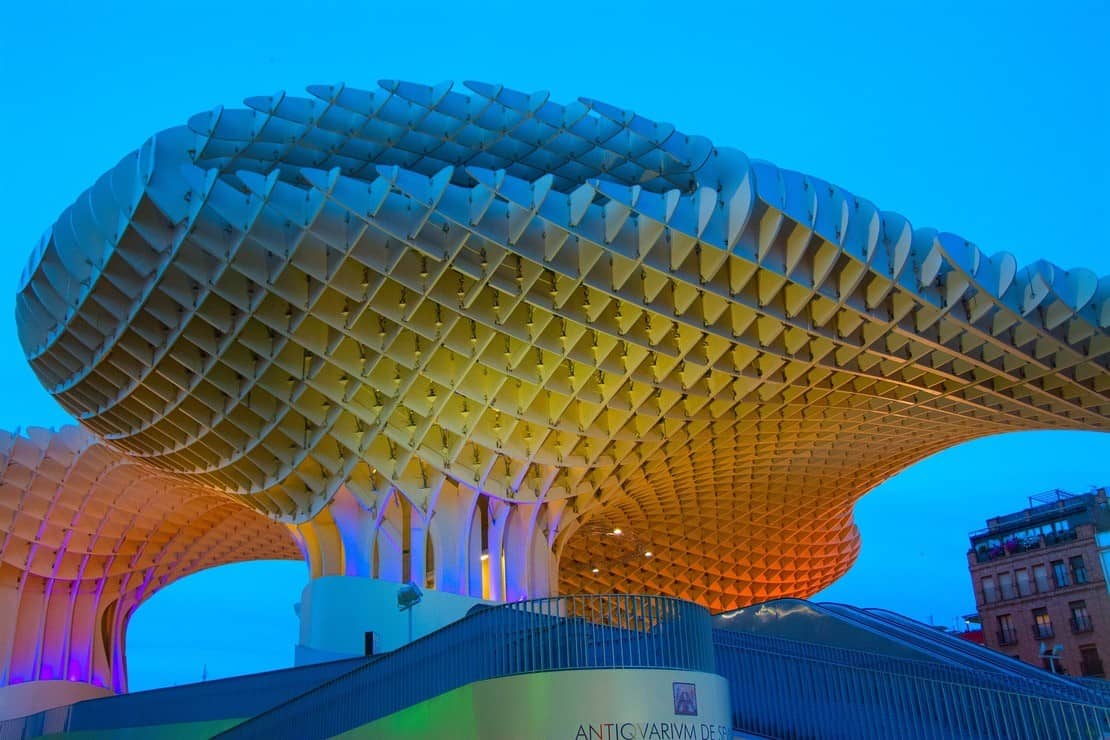
Seville: The Jewel of Andalusia
Seville, on the other hand, has more of its heartbeat in the past. Set in the heart of Andalusia, Seville captures the essence of Spanish passion and tradition. Known for its flamenco music, Semana Santa and Feria, Seville exudes a sultry charm that’s hard to resist.
The world was changed when Christopher Columbus strode into the Real Alcazar to ask for funding for his expedition to the New World. Landmarks, from the Giralda to Plaza de España and Las Setas walk visitors through key world events. And the opera Carmen was set here, a striking story of betrayal and above all passion.
Which is Easier to Get to? Madrid or Seville?
When planning a trip, accessibility plays a crucial role in your decision-making process. Let’s talk about how easy it is to get to Madrid and Seville.
Getting to Madrid
Madrid is well-connected to the world via Adolfo Suárez Madrid-Barajas Airport (MAD), one of Europe’s busiest airports with one of the most entertaining codes (I once flew from there to Bogota and have kept the luggage label that reads MAD to BOG.)
Direct flights from major international destinations make it convenient for anyone to reach the Spanish capital. Once you land, you can easily access the city center via metro, bus, or taxi.
Madrid’s strategic location in the centre of the Iberian Peninsula makes it an excellent starting point for exploring other parts of Spain.
Need more inspiration? Check out our selection of Spain itineraries:
- The ultimate Spain and Portugal itinerary planner
- You San Sebastian itinerary
- The perfect La Rioja itinerary
- The best southern Spain itinerary through Andalusia
- Your Asturias road trip itinerary
- The best Galicia road trip itinerary
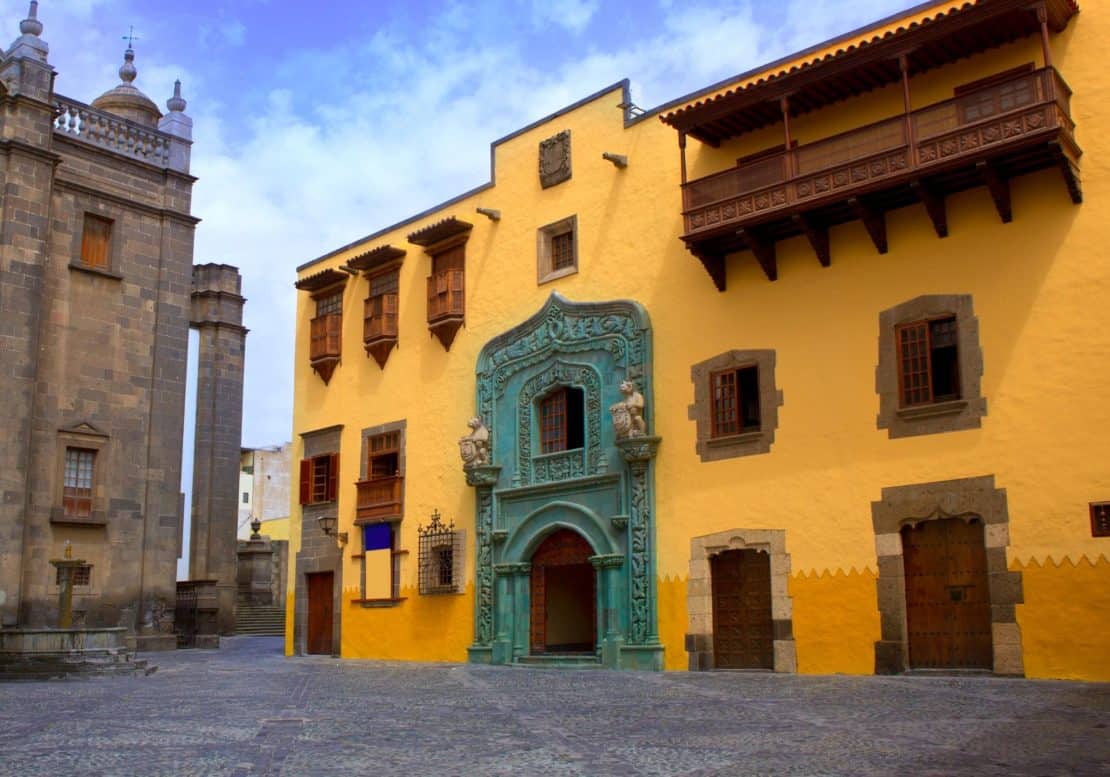
Getting to Seville
Seville is serviced by Seville Airport (SVQ), which offers international flights but with a more limited selection compared to Madrid. From the airport, you can take a taxi or a bus to reach the city centre but it’s not as slick as the connections from Madrid.
Seville’s smaller size, though, makes it easy to navigate on foot once you’re in the heart of the city. You can’t say that about Madrid.
Interestingly, one of the best connections is by rail from Madrid to Seville. The high speed train route takes only a couple of hours, so if you’re struggling with flights to Seville, a connection in Madrid is a real possibility.
Which is More Affordable? Madrid or Seville?
It’s interesting to compare the cost of living in both Madrid and Seville.
The Cost of Living in Madrid
Madrid is one of the more expensive cities in Spain. Accommodation prices, especially in central areas, can be steep. Dining out at upscale restaurants and enjoying the city’s nightlife can also add up. However, as with every big city, if you drop your standards, you can find budget-friendly options.
The Cost of Living in Seville
Seville, like most of southern Spain, is easier on the wallet. Accommodation prices tend to be lower, and you can find delicious and reasonably priced tapas at local bars.
Exploring Seville’s historic neighbourhoods can be a cost-effective way to immerse yourself in the city’s culture. And homemade tapas and fine wine away from the tourist traps are almost unbelievably cheap.
Things to Do in Madrid and Seville
Both Madrid and Seville offer a wide range of activities to suit various interests. I mean, really wide.
Let’s explore what each city has to offer.
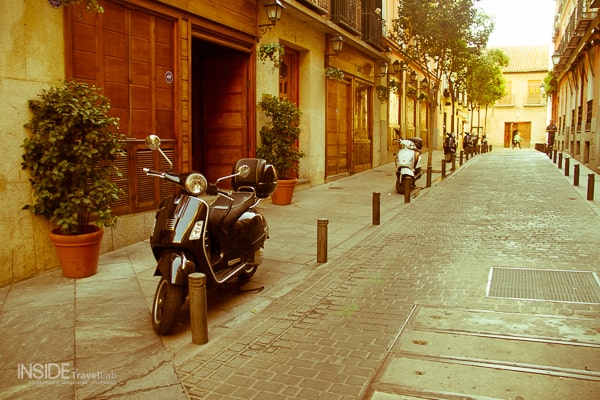
Highlights of Madrid
Let’s quickly talk about some of the highlights of Madrid.
- Art and Culture: Madrid is a great place to learn about art. It’s truly one of the best places in the world. Visit the Prado Museum, home to an impressive collection of European art, including works by Velázquez and Goya. The Reina Sofia Museum features modern and contemporary art, including Picasso’s iconic “Guernica.”
- Historic Landmarks: Explore the Royal Palace, the official residence of the Spanish royal family. Admire the grandeur of Plaza Mayor and the bustling Puerta del Sol.
- Parks and Green Spaces: Retiro Park is Madrid’s version of Central Park, where you can rent a rowboat, stroll through beautifully landscaped gardens, or simply relax under the shade of a tree.
- Nightlife: Madrid comes alive at night. Sample traditional Spanish cuisine at tapas bars, then dive into the city’s vibrant nightlife scene in neighbourhoods like Malasaña and Chueca.
- The Literary Quarter: retrace the steps of Cervantes and Quevedo in the Barrio de Las Letras, once home to the author of Don Quixote.
- Sport: Real Madrid are somewhat famous. Apparently.

Highlights of Seville
And now it’s Seville’s turn. Here are some highlights of Seville.
- Historic Architecture: Explore the stunning Alcazar Palace, a UNESCO World Heritage site, and climb the Giralda Tower at Seville Cathedral for panoramic views of the city. Wander through the narrow streets of the Santa Cruz neighbourhood, the Jewish Quarter, and visit the serene Casa Pilatos. Then stroll past the Torre del Oro along the river.
- Flamenco Shows: Experience the passionate art of flamenco at one of Seville’s many tablaos, such as Tablao El Arenal or Tablao Los Gallos.
- Cultural Festivals: If your visit coincides with Semana Santa or Feria de Abril, you’re in for a treat. These are “seen to be believed” city-wide parties of solemnity and felicity, respectively.
- The Guadalquivir River: Take a relaxing boat trip along the river that runs through the heart of Seville, retracing the routes that the Spanish ships took when they returned from plundering gold from the New World. See the city’s landmarks from another view and make the most of the breeze.
Is the Food Better in Madrid or Seville?
Food plays a central role in any travel experience. As they’re both modern cities, you can find many of these dishes in both places. But, not all.

Food in Madrid
Madrid’s culinary scene is diverse and flavourful, from tapas bars to food markets to international chains.
Don’t miss these local specialties:
- Bocadillo de Calamares: A simple yet delicious sandwich filled with crispy fried squid rings.
- Cocido Madrileño: A hearty stew made with chickpeas, vegetables, and various meats, often served in multiple courses.
- Churros and Chocolate: Indulge in churros, fried dough pastries, dipped in thick, velvety chocolate. Sure, you can find it all over Spain but the oldest churreria is in Madrid.
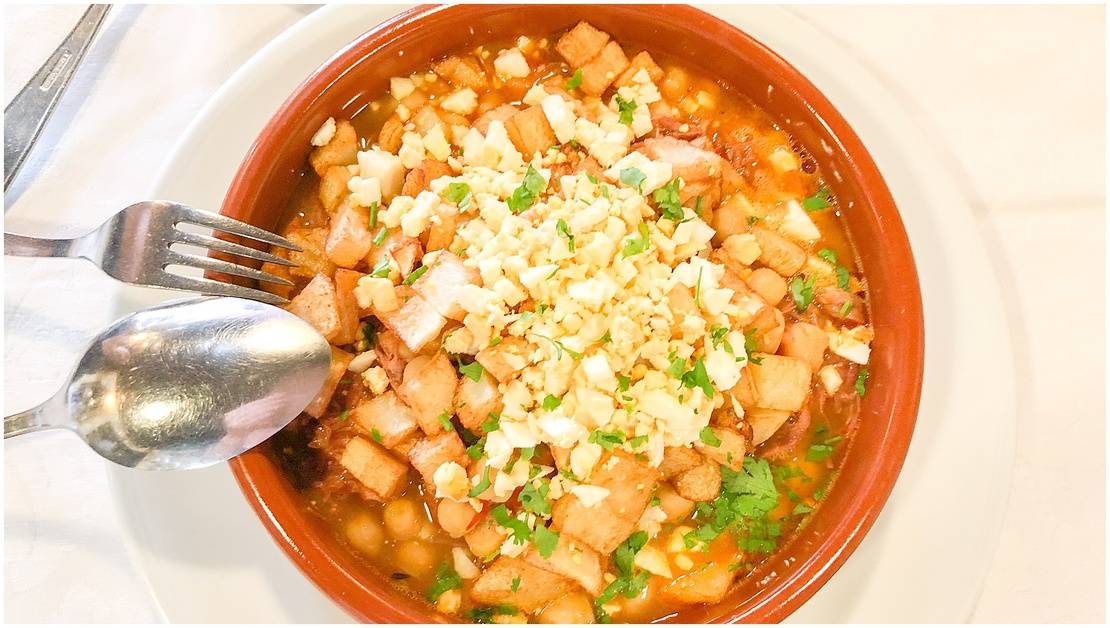
Food in Seville
Seville’s cuisine is influenced by its Andalusian roots. It’s harder to find food here to cater to dietary restrictions, even for something mainstream like being a veggie. The best option in these situations is to bring snacks with you.
That said, Seville’s traditional dishes are worth seeking out.
- Espinacas con Garbanzos: Spinach and chickpeas cooked with garlic, olive oil, and a hint of paprika.
- Salmorejo: Unjustly described as cold tomato soup, this is similar to gazpacho but thicker, topped with hard-boiled eggs and jamón serrano.
- Rabo de Toro: A rich and flavourful oxtail stew, a true Andalusian delicacy.
- Fino sherry: An acquired taste from nearby Jerez, this fortified wine goes well with bitter green olives.
- Jamon: the best jamon in Spain comes from Andalusia, after all.
See also our guide to the best food markets in Seville and our inside tips on the best tapas to try in Seville.
Which is a Better Base for Day Trips? Madrid or Seville?
Both Seville and Madrid make good bases for day trips into the rest of Spain.
Here’s a comparison of day trips from Seville and Madrid:
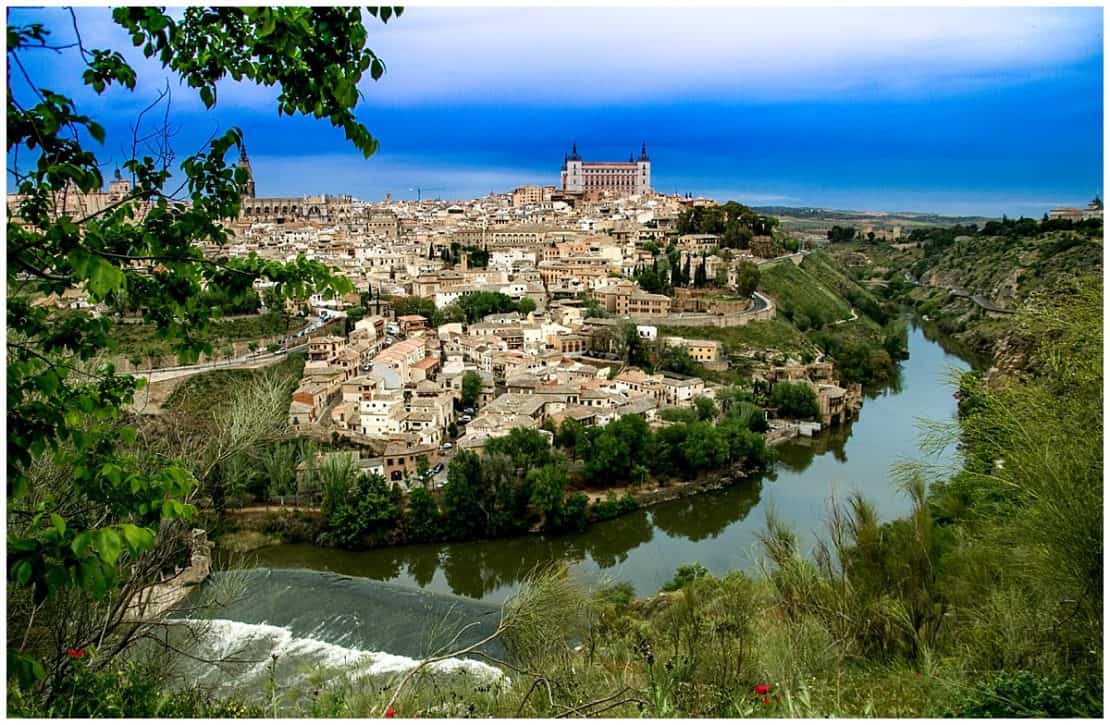
Day Trips from Madrid:
- Toledo: A UNESCO World Heritage site, Toledo is known for its medieval architecture, historic synagogues, and the stunning Cathedral of Toledo.
- Segovia: Famous for its well-preserved Roman aqueduct, Segovia also has a fairy-tale castle, Alcázar de Segovia, and a Gothic cathedral. The charming old town is a delight to explore.
- Ávila: Encircled by medieval walls, Ávila is known for its well-preserved medieval architecture, including the Cathedral of Ávila and the Basilica of San Vicente.
- Aranjuez: A picturesque town with beautiful gardens, palaces, and the Royal Palace of Aranjuez. The town is known for its cultural and historical significance.
- El Escorial: Home to the Royal Monastery of San Lorenzo de El Escorial, a massive complex that includes a palace, basilica, library, and a monastery. The site is a UNESCO World Heritage site.
- The Don Quixote de la Mancha Windmills – The giant windmills of Castilla-La Mancha can easily be discovered on a day trip from Madrid. Said to be the inspiration behind the battle against the giants in Cervantes’s ‘Don Quixote’, these iconic structures are well worth a visit.
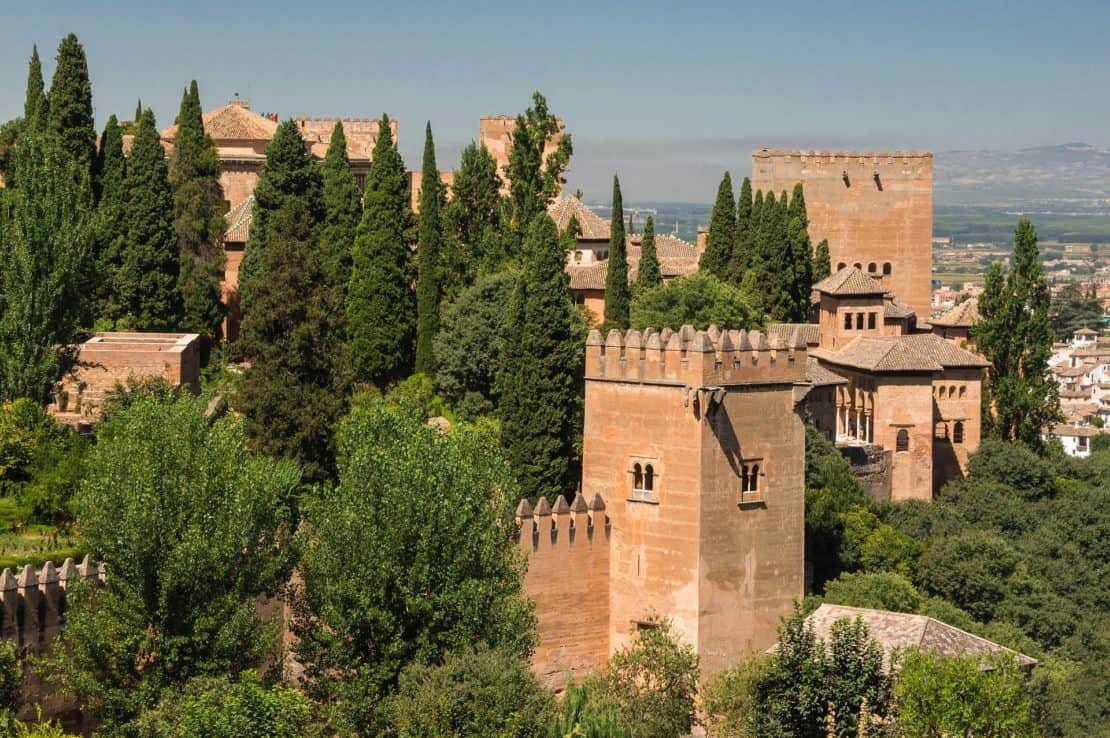
Day Trips from Seville
- Córdoba: Known for the stunning Mezquita, a mosque-cathedral with a unique blend of Islamic and Christian architecture. The historic Jewish Quarter, Alcázar de los Reyes Cristianos, and the Roman Bridge are also noteworthy.
- Granada: Home to the iconic Alhambra, a UNESCO World Heritage site featuring actually breathtaking Islamic architecture and beautiful gardens. The Generalife Gardens and the historic Albaicín quarter are also must-visit attractions.
- Ronda: Famous for its dramatic location atop a gorge, Ronda offers picturesque views for those with no fear of heights. Visit the Puente Nuevo, a stunning bridge spanning the El Tajo gorge, and explore the historic bullring.
- Jerez de la Frontera: Known for sherry production and equestrian traditions, Jerez is a great place to visit wineries, watch a flamenco show, and see a traditional Andalusian horse show.
- Itálica: Just a short drive from Seville, Itálica is an ancient Roman city with well-preserved ruins, including an amphitheater.
Keen to keep driving? Check out our guide to the best road trips in Spain.
Madrid vs Seville Day Trips at a Glance
- Geography: Seville’s day trips often explore the Andalusian region, known for its Islamic influences and unique architecture. Madrid’s day trips generally cover the central and northern parts of Spain, showcasing medieval towns and historical sites.
- Cultural Influence: Seville’s day trips often reflect the vibrant Andalusian culture, with a strong Moorish influence. Madrid’s day trips highlight the medieval and royal history of Spain.
- Architecture: While both regions have impressive architecture, Seville tends to showcase more Islamic-influenced designs, while Madrid’s day trips often feature medieval and Renaissance architecture.
- Landscape: Seville’s day trips often include scenic landscapes, such as the dramatic gorges in Ronda. Madrid’s day trips offer diverse landscapes, from the rolling hills around Segovia to the plains surrounding Ávila.

Can you Visit Both Madrid and Seville in a Single Trip?
Travelling between Madrid and Seville, two of Spain’s major cities, is convenient and accessible with various transportation options. Here’s a breakdown of the common modes of travel:
High-Speed Train (AVE):
- The high-speed train, known as AVE (Alta Velocidad Española), is one of the most popular and efficient ways to travel between Madrid and Seville.
- The journey takes approximately 2 hours and 30 minutes, making it a quick and comfortable option for travelers.
- High-speed AVE trains depart from Madrid’s Atocha Station and arrive at Seville’s Santa Justa Station, both centrally located in their respective cities.
- AVE trains offer amenities such as spacious seating, onboard services, and the opportunity to enjoy scenic views during the journey.
- You can book train tickets between Seville and Madrid here.
Bus:
- Several bus companies operate daily services between Madrid and Seville, providing a more budget-friendly option.
- The bus journey typically takes around 6 to 7 hours, making it a longer but economical choice for travelers.
- Bus terminals in Madrid include Estación Sur or Méndez Álvaro, and in Seville, buses usually arrive at Plaza de Armas.
Flights:
- While flying is an option, it is not the most popular choice for this route due to the relatively short distance between the two cities.
- The flight duration is around 1 hour, but when factoring in airport security, check-in, and travel to and from the airports, the total journey time may be comparable to the high-speed train.
- Adolfo Suárez Madrid-Barajas Airport and Seville Airport serve as the main airports for this route.
Car Rental and Driving:
- For those who prefer flexibility or plan to explore the surrounding areas, renting a car is an option.
- The journey by car takes approximately 5 to 6 hours, depending on traffic and the chosen route.
- The A-4 highway connects Madrid and Seville, offering a well-maintained and straightforward route.
So, which of these Spanish cities did you prefer? Seville or Madrid?
Disclosure: this post may contain affiliate links, meaning we may earn a small commission if you book or buy through this article. This doesn’t cost you anything and we only recommend the good stuff. Ta!
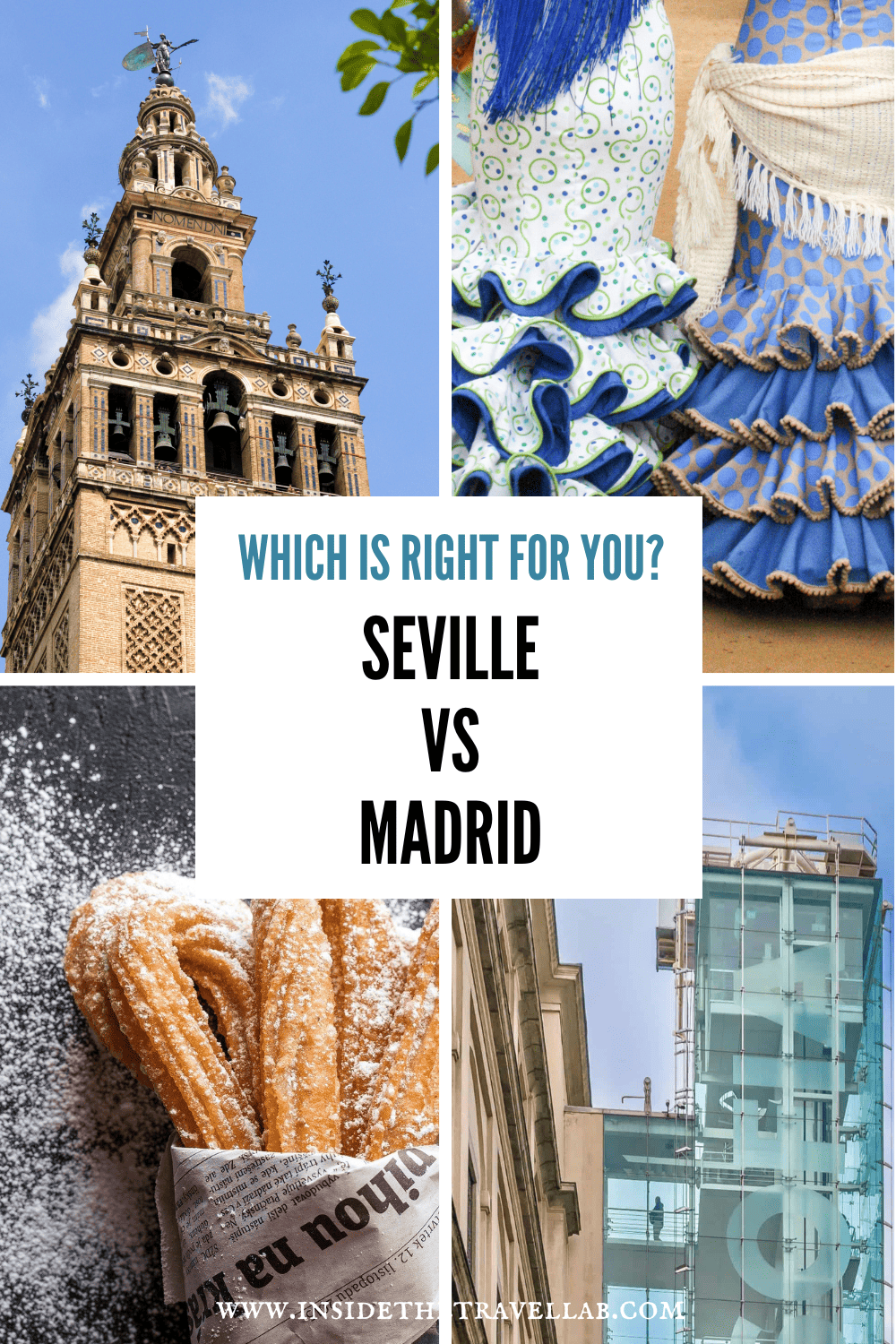
More on Travel in Madrid and Seville
- 31 Fun Facts about Madrid
- Inside Madrid’s Literary Quarter
- Eating churros at the oldest chocolatería in Madrid
- 21 Hidden gems in Seville
- What you need to know about Holy Week in Seville
- What to do in Triana, Seville’s wild side
- No8Do in Seville: the city’s secret code
- The best tapas bars in Seville
- The best things to do in Seville
- What to buy in Seville: the souvenirs to bring home
- Where to stay in Seville: the best neighbourhoods to know
- How to pronounce Seville the right way

